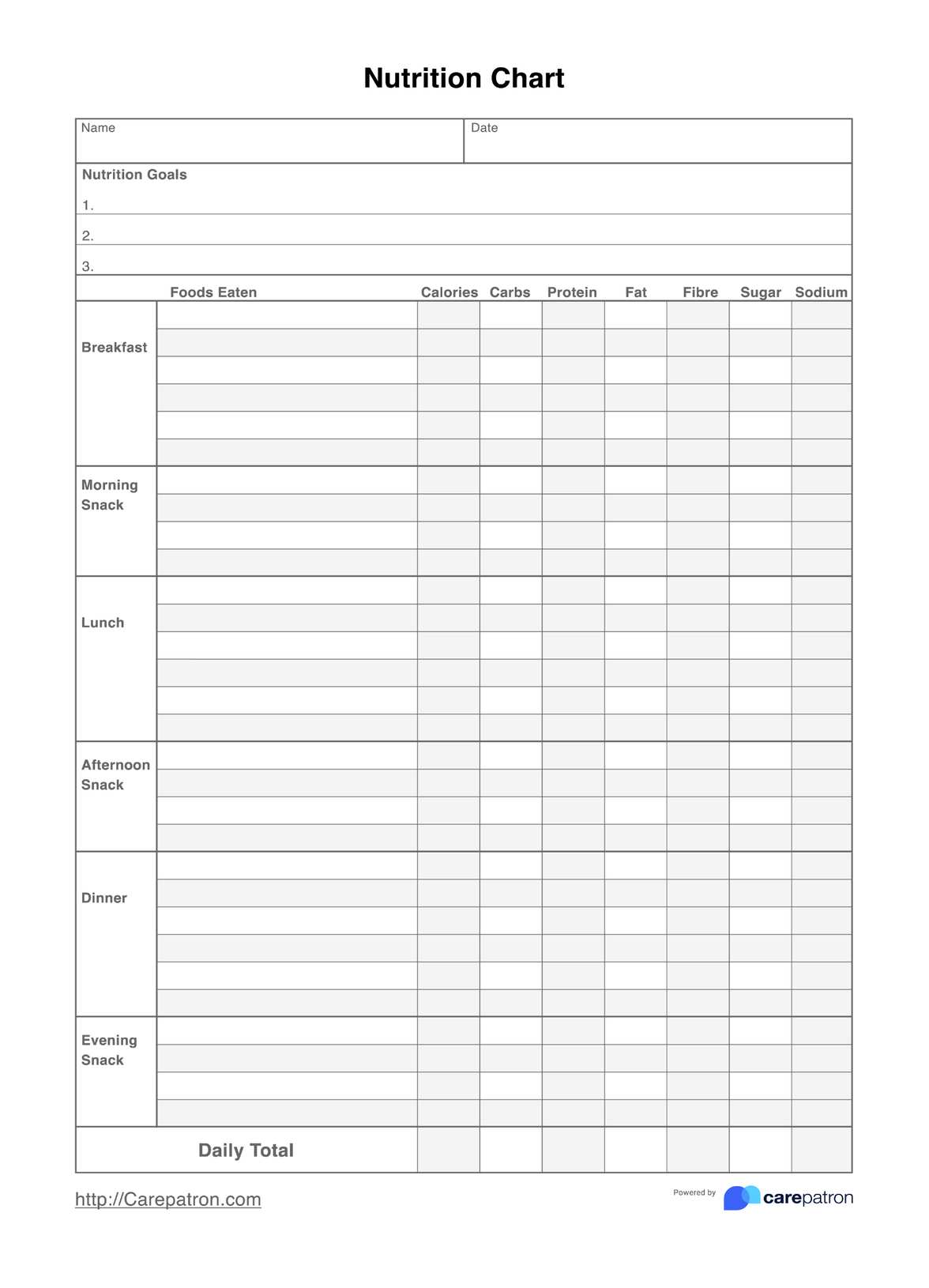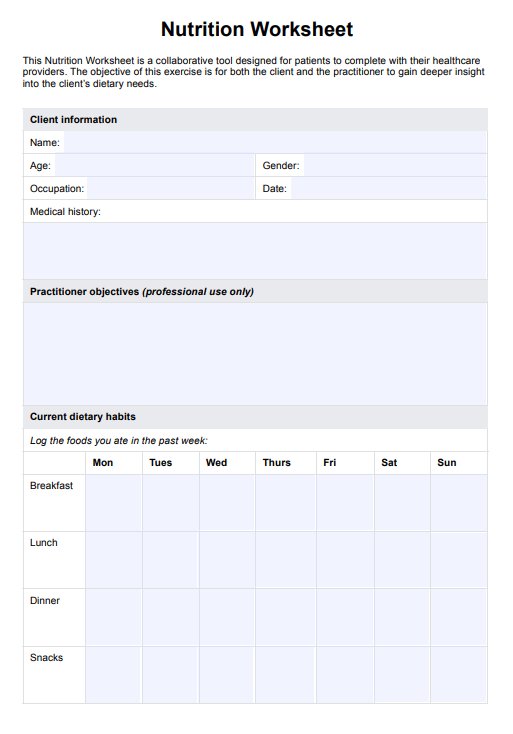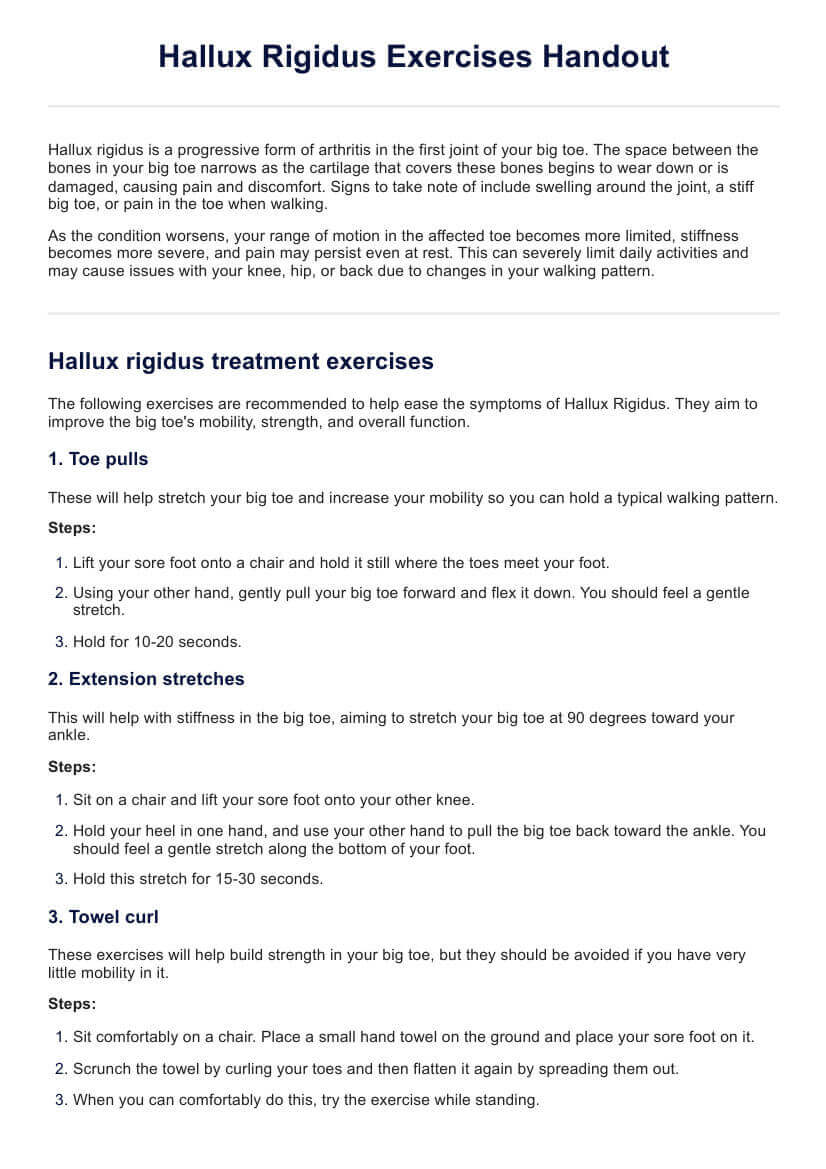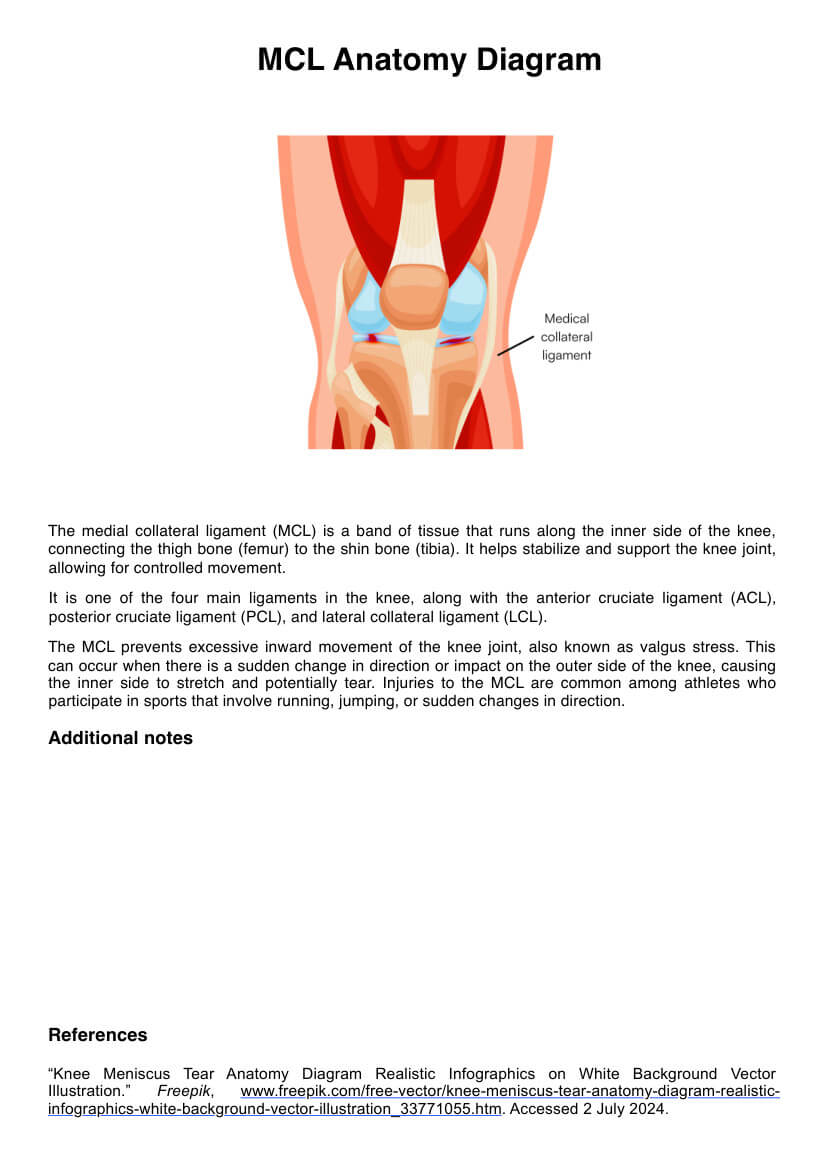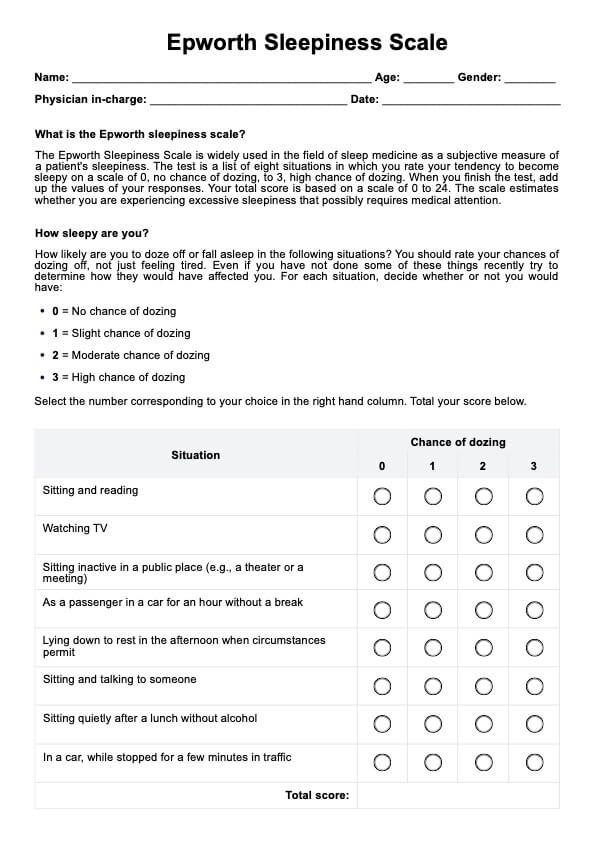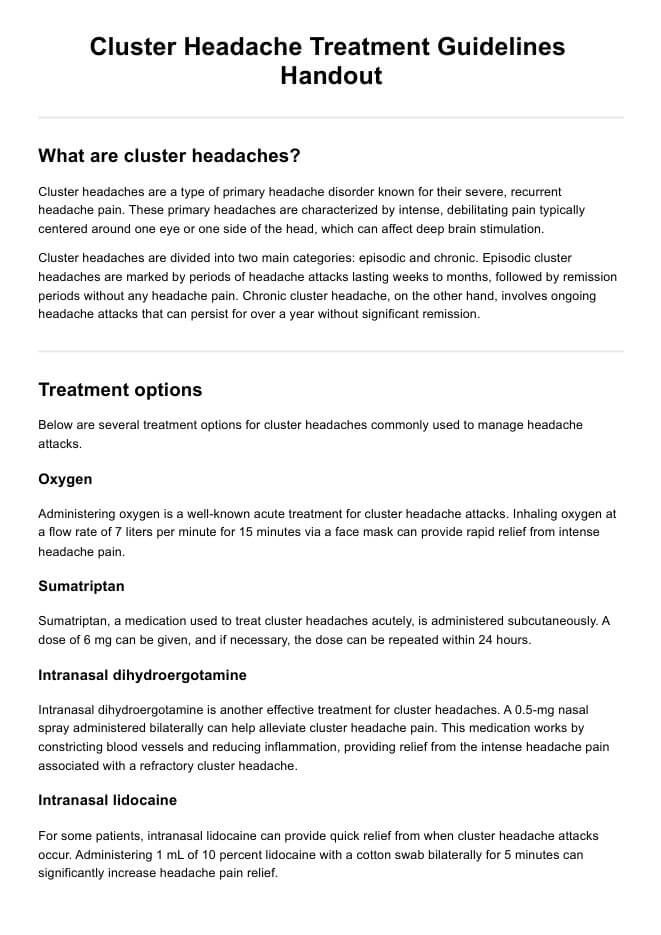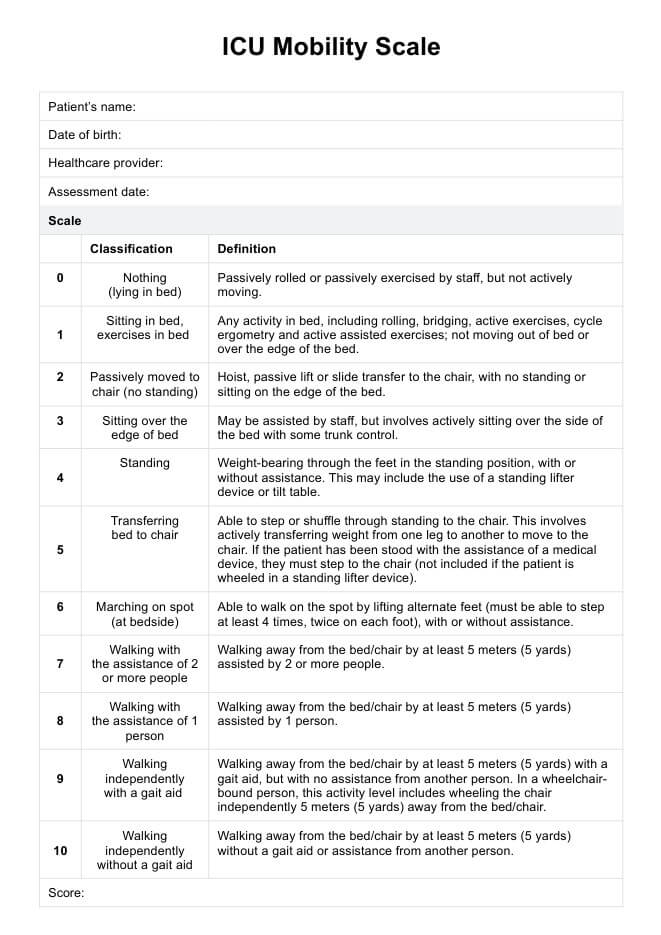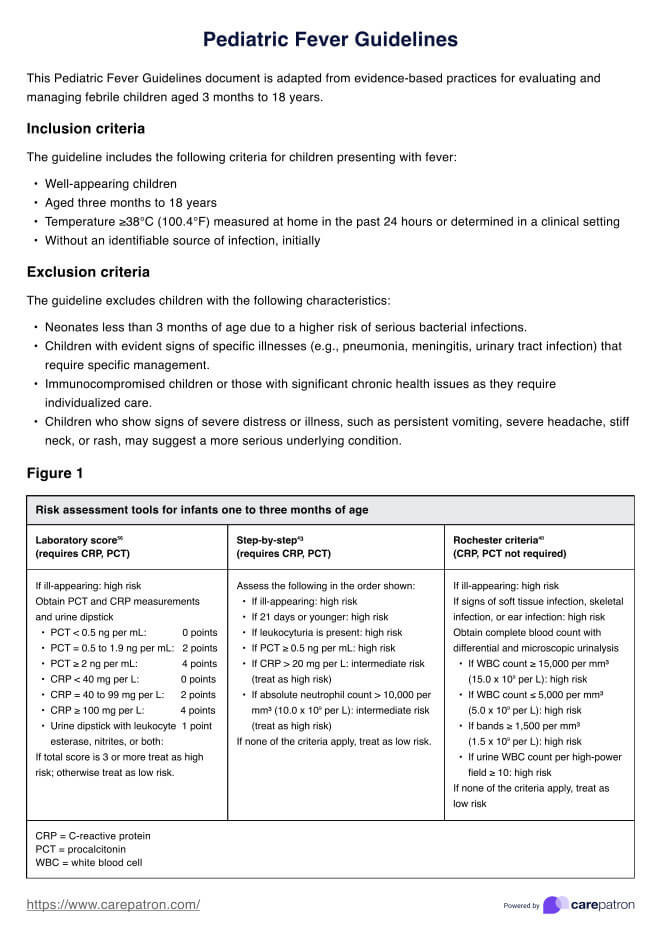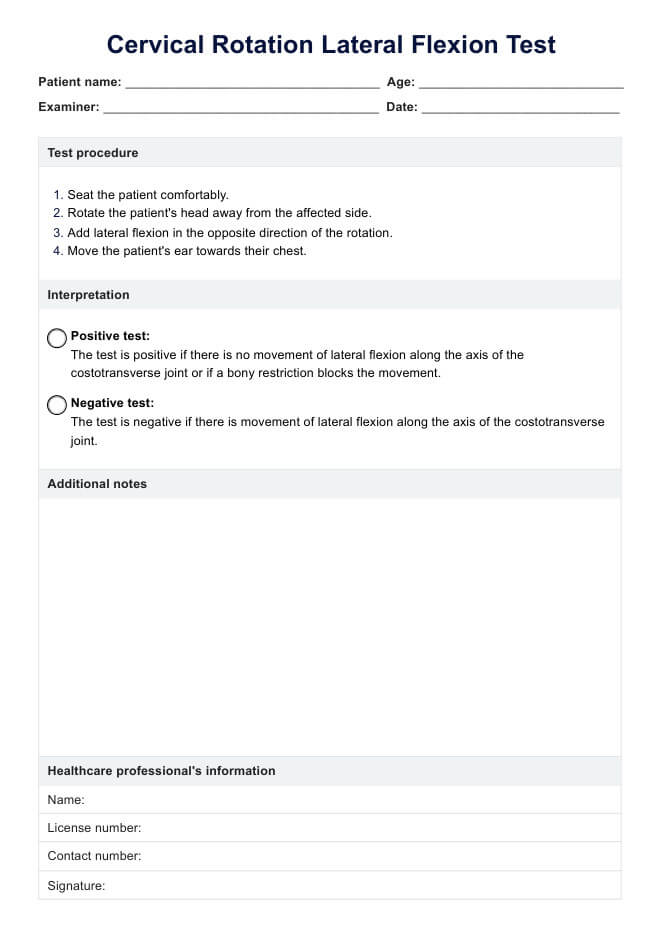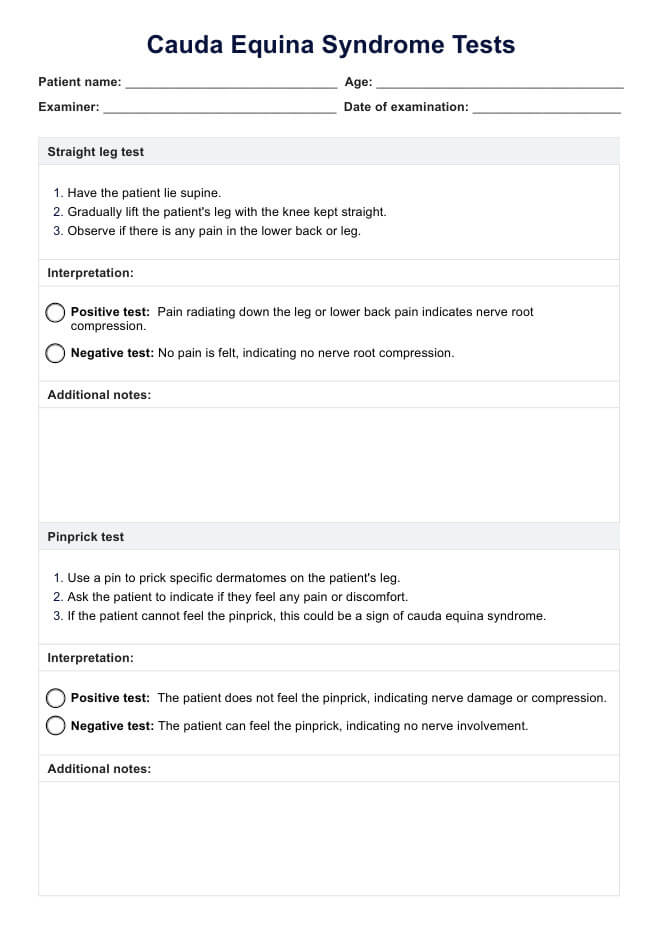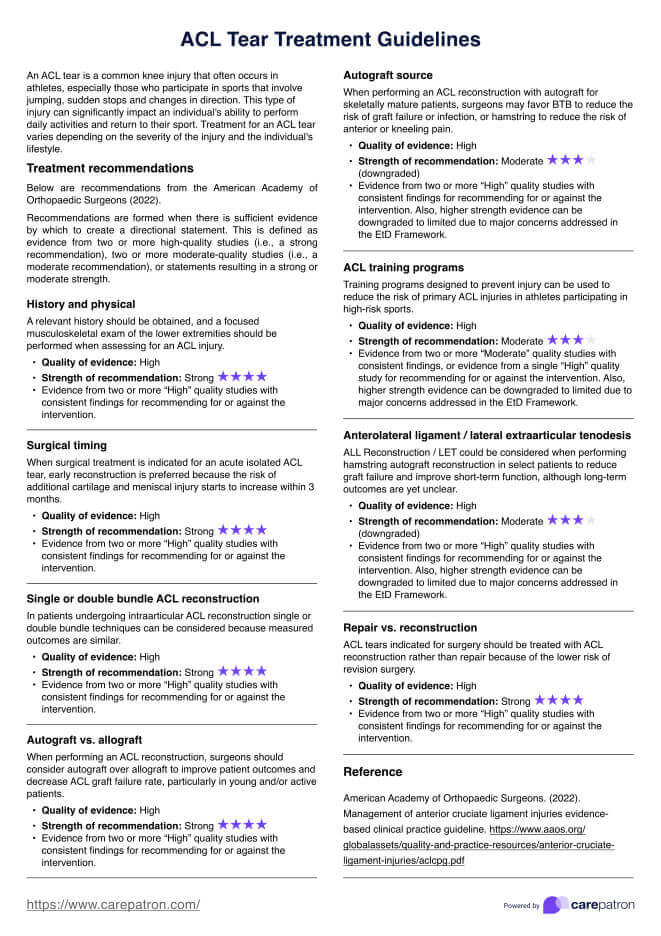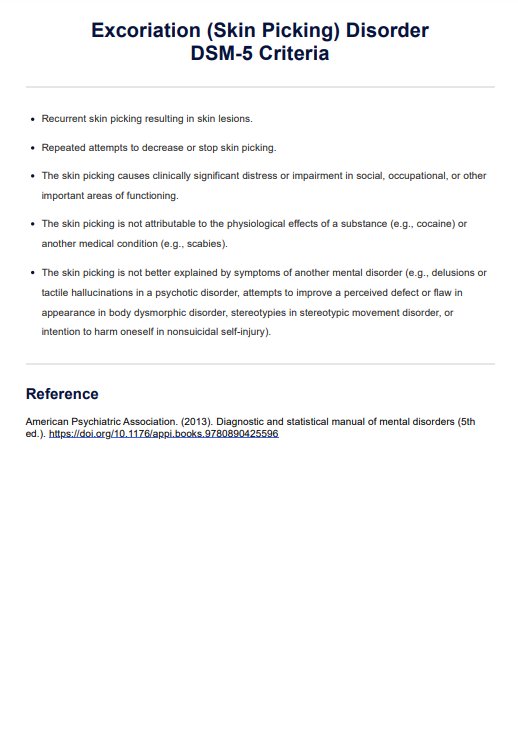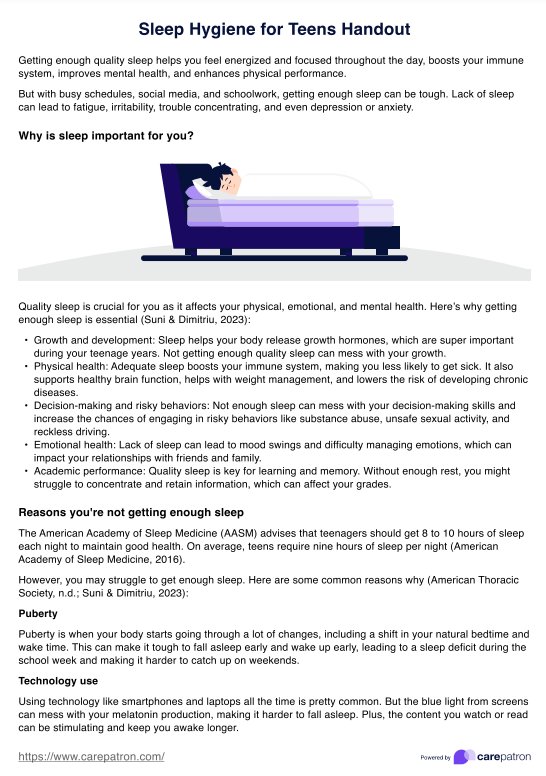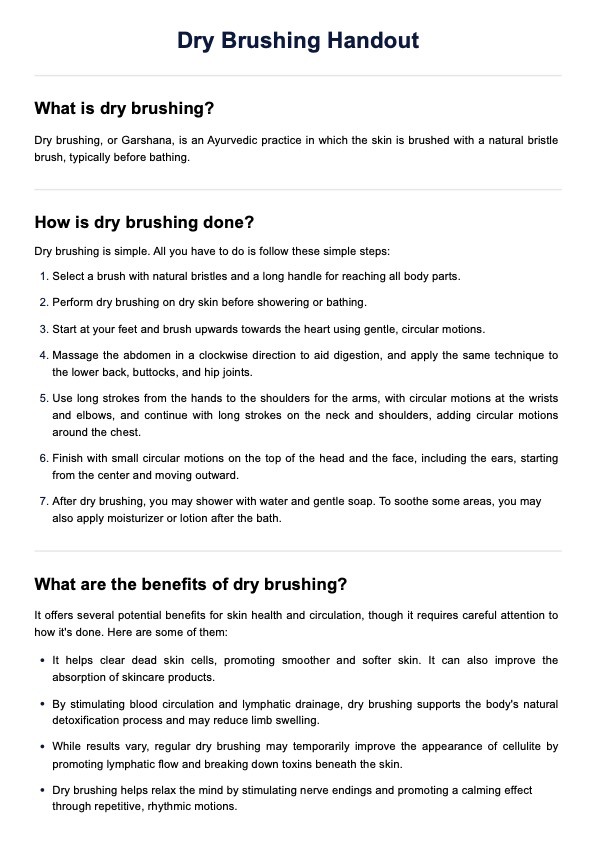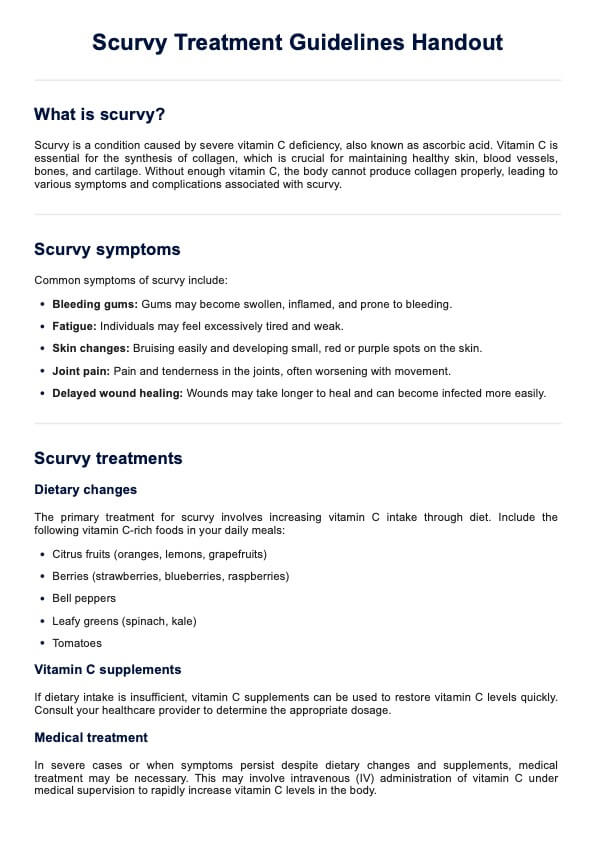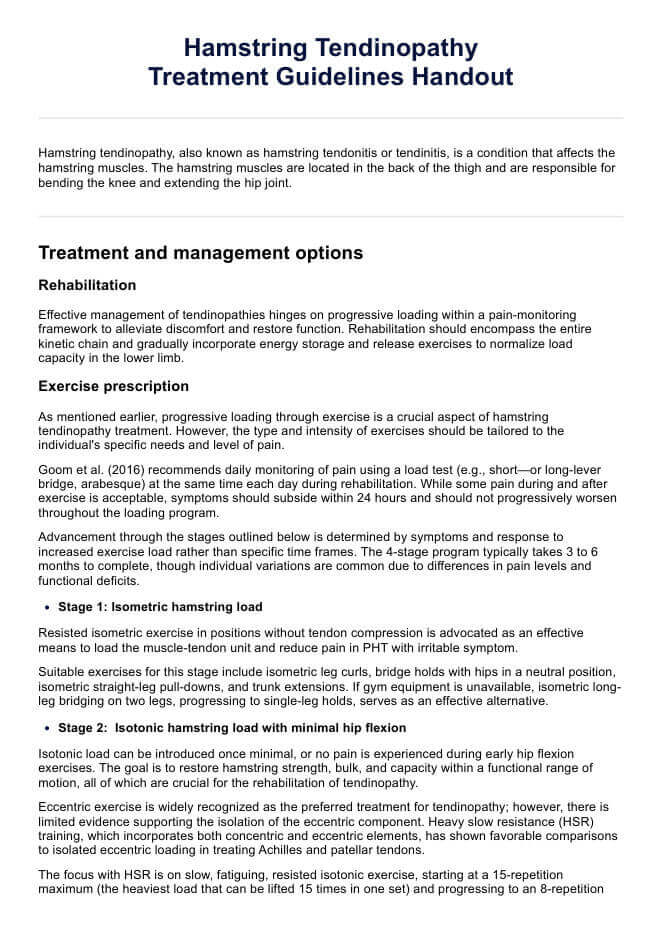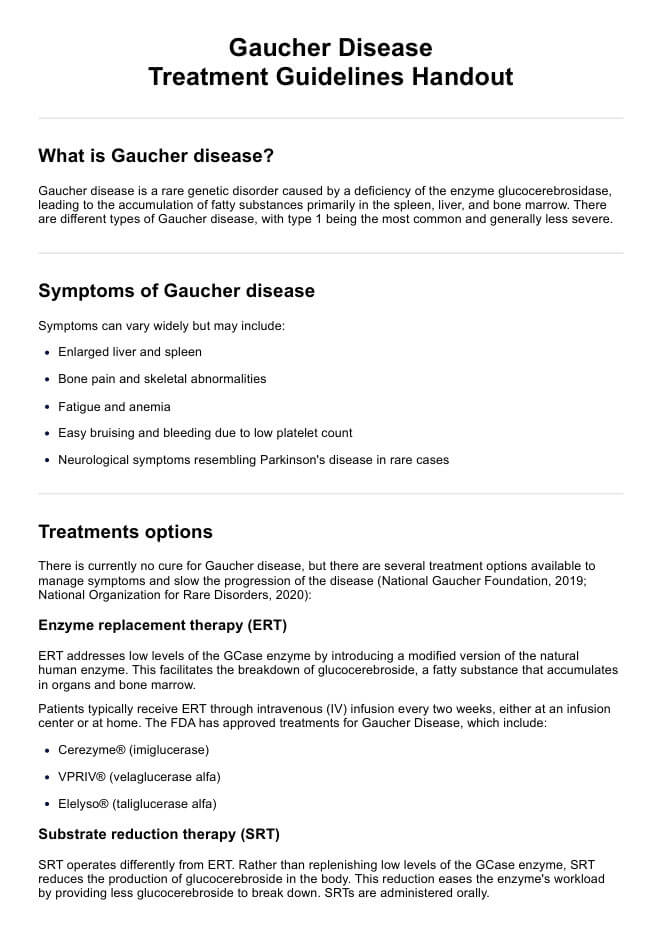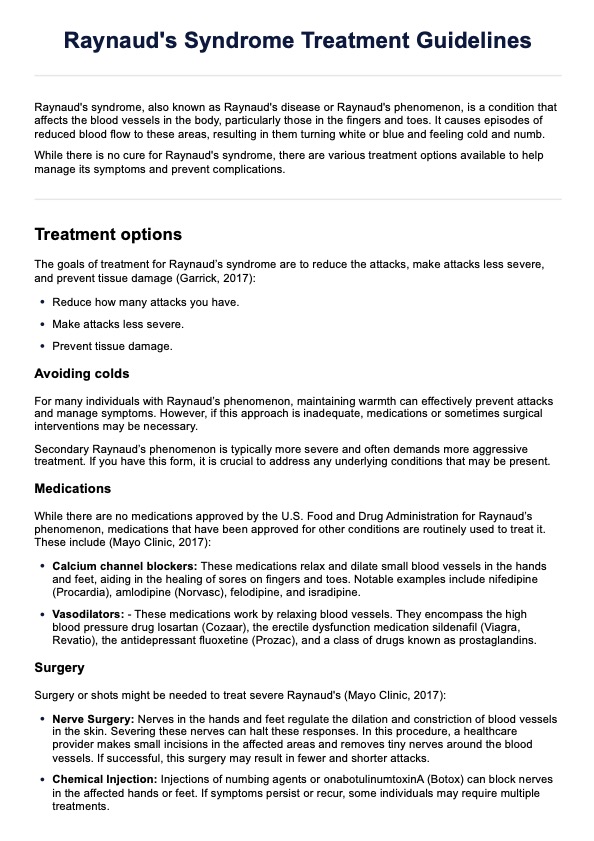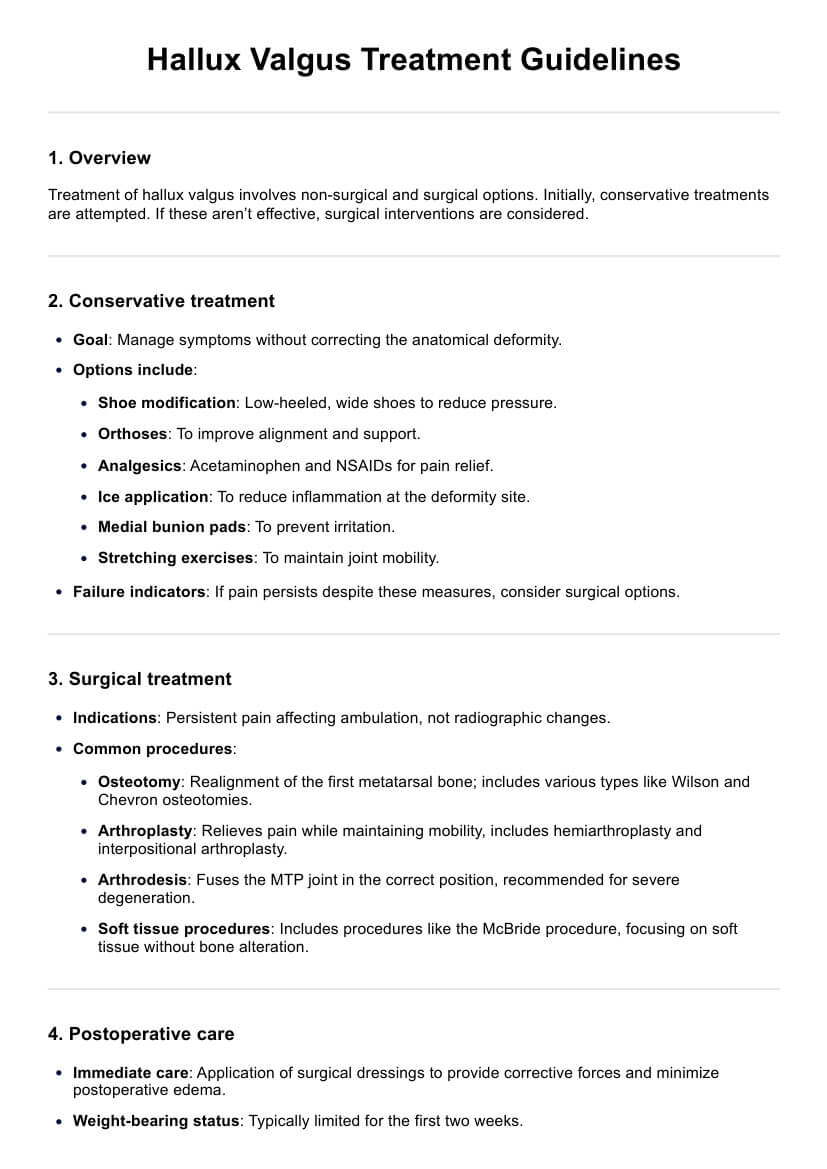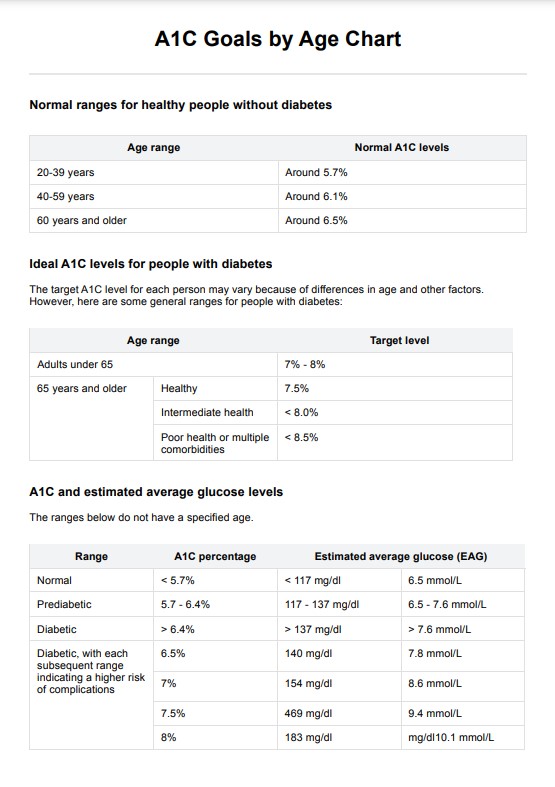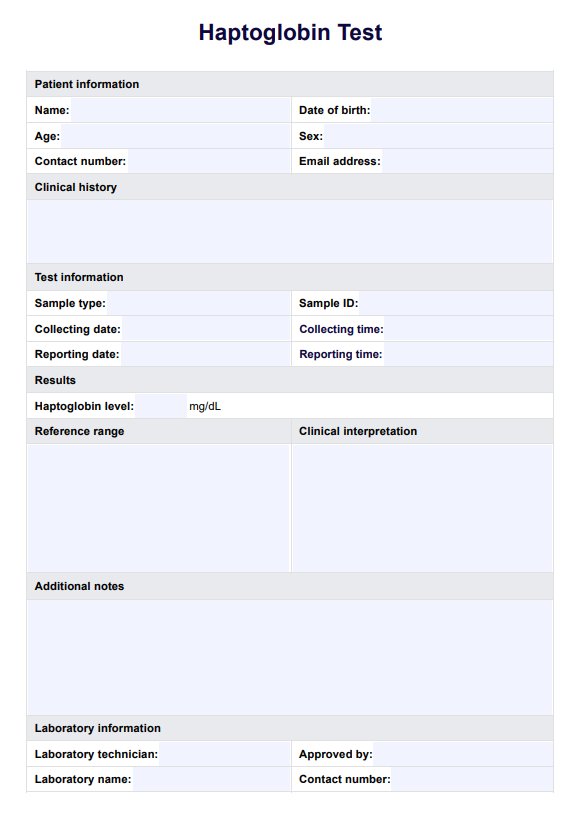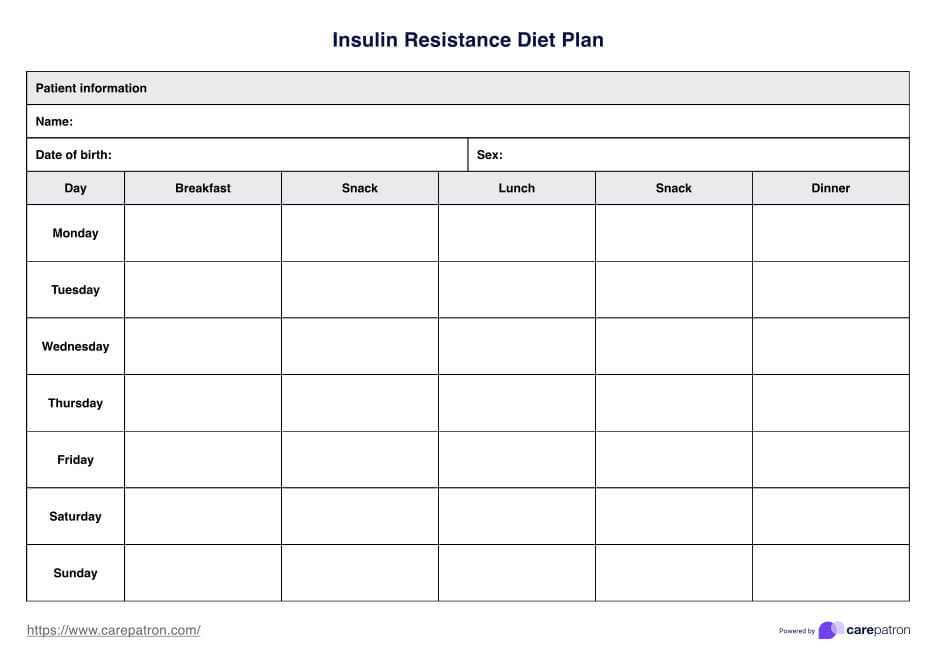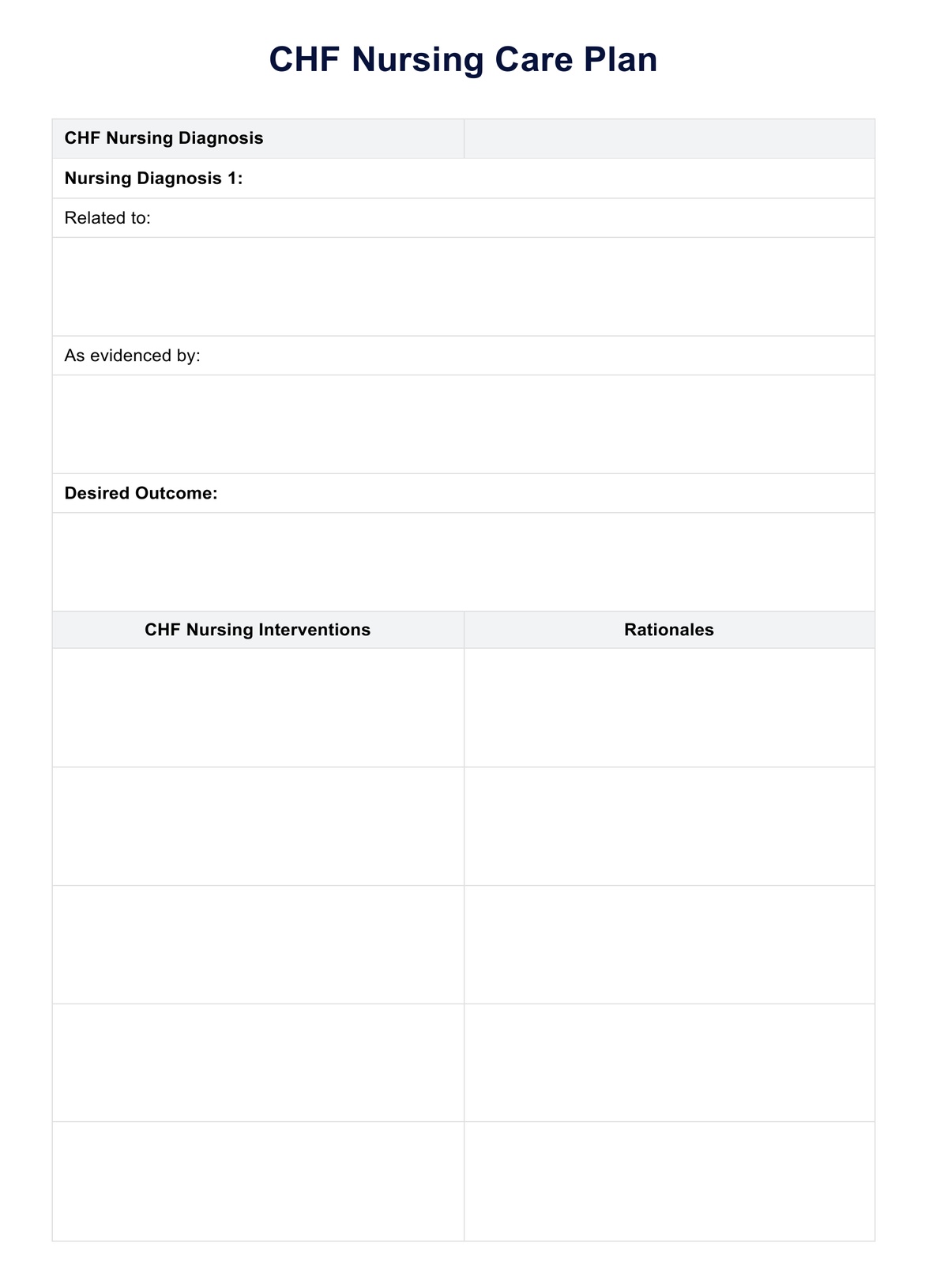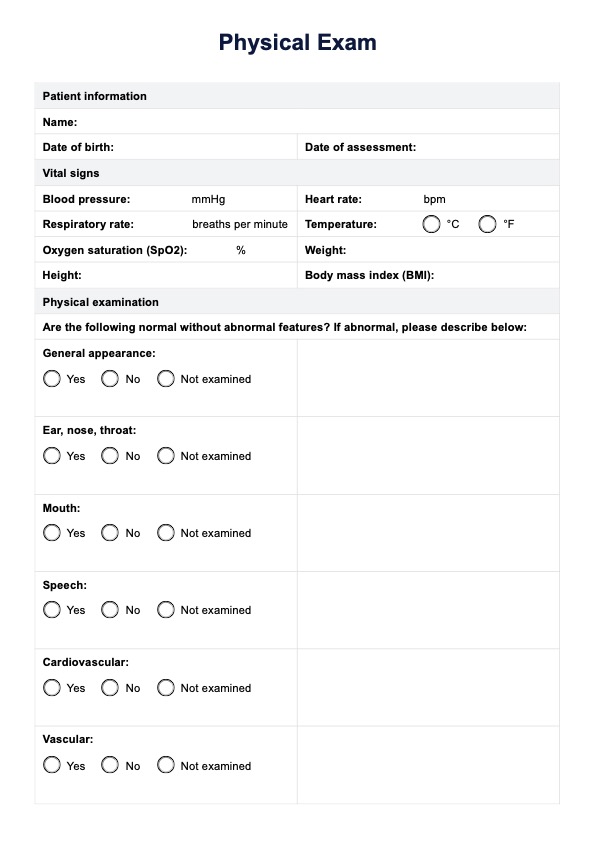Nutrition Chart
Gather rich insights on your client's daily nutrition intake using our Nutrition Chart, designed for Registered Dietitians and Registered Dietitian Nutritionists to help their clients achieve their personalized nutrition goals.


What is a Nutrition Chart?
As a Registered Dietitian (RD) or Registered Dietitian Nutritionist (RDN), part of understanding your client's needs will be understanding their current nutrition intake and dietary habits. You can do this in many ways, such as conducting a 24-hour recall exercise or having your client keep a food diary, but both methods focus on meals rather than nutrition in the form of fats, protein, and carbohydrates.
That's where our Nutrition Chart comes in. This handy chart allows your clients to record their meals and snacks. It includes space for tallying up macronutrients such as fat, protein, and carbohydrates, including sugars and fiber, as well as micronutrients such as sodium and total calories.
This chart can be used to track a day's worth of eating, and once completed, it can help you monitor how your client's daily intake is meeting their nutrition goals. When advising clients, it's crucial to consider factors such as sex and age, as men and women have unique nutritional needs. To further assist, you can utilize the Women's Daily Nutritional Requirements Chart, which provides detailed information tailored to women's dietary needs.
Nutrition Chart Template
Nutrition Chart Example
How to use this Nutrition Chart
Using this Nutrition Chart correctly will take a little time, but getting quantitative data on how your client's day matches their healthy diet or eating plan will make all the tallying worth it. Follow this step-by-step guide to get the clearest possible picture of your client's daily nutritional intake.
Step 1. Download the chart
Download the Nutrition Chart by clicking on the download link on this page.
Step 2: Decide which parts your client will complete
Before you give your client the chart, ensure they understand how to read nutrition labels and the importance of the nutrition facts provided on the label, including which columns they need to fill in throughout the day. Alternatively, you can have your client fill in the food column only, and you can come back once they have completed this column and estimate the macronutrients for each food item yourself. For a client working towards a specific nutrition goal, e.g., 100g of protein a day, they may not necessarily need to fill out all the other nutrition columns, e.g., Sodium, Fats, Sugar, and they should feel free to leave any columns that are not relevant to them blank.
Step 3: Give the chart to your client with their goals
The next step is to provide your client with the chart and nutrition goals you have developed as their dietitian or nutritionist. These goals may be as simple as a daily calorie goal, or they could go more in-depth into their macronutrient intake with protein, fat, or carbohydrate goals, including how much protein they need based on their body weight and specific factors like height, weight, and physical activity.
Step 4: Review the Nutrition Chart
Once your client has completed the chart, they should return it to you to review and go through with them. This is the time to learn about your client and evaluate the nutritional value of their diet to devise strategies to aid them in meeting their nutrition goals.
Step 5: Store the chart securely
The last step is to store the Nutrition Chart securely in your client's record, as it contains confidential health information on your client.
Why is this chart useful for healthy eating?
This chart is useful because it:
Allows a better understanding of your client's nutrition habits
With a day's worth of quantitative macronutrient data, you'll get much richer insight into your client's dietary habits than a simple food recall task. You can determine the best nutritional goals and strategies for your client to help them achieve and maintain a healthy weight based on their Nutrition Chart results and use them to get an idea of your client's current eating habits.
Provides built-in calculations for calorie intake
We've included handy calculation cells to tally up the entries for each nutrition column, saving you time summing up all the various cells. To utilize this feature, ensure the PDF is kept in digital form and completed in compatible PDF reader software such as Adobe Acrobat.
This can be done multiple times
Repeating this Nutrition Chart exercise over time can help elucidate changes in your client's eating habits, nutritional intake, and physical activity since they started seeing you. This can be a great way to measure progress towards goals or changes in their eating style that may have gone unnoticed.
Commonly asked questions
Definitely not. Your client may have goals related to only their protein and total calorie intake, so they should feel free to leave the other columns (Sodium, Fat, and Sugar) blank. Similarly, some of your clients will not count calories as part of their nutrition plan, so this column should be left blank, too.
This is common, particularly with take-away or restaurant meals where your client won't know the ingredients. In this case, you can either look up the nutrition information for a similar meal or otherwise make an estimate. There will always be uncertainties in this kind of data, and the chart should be used to get a good picture of your client's nutrition intake, but not taken as 100% accurate.
If the food item has a nutrition label, all the information your client needs to fill in the nutrition columns will be there. Additionally, fruits, vegetables, grains, and many other staple foods have known nutritional information readily available on the internet, or you may wish to provide a list of common foods and their nutrition information to your client. Finally, if your client cannot find the nutrition information to fill out the column, they should feel comfortable to either make a guess or leave it blank- the goal is to get an idea of their nutrition intake, not to make them spend hours looking up nutrition information!


